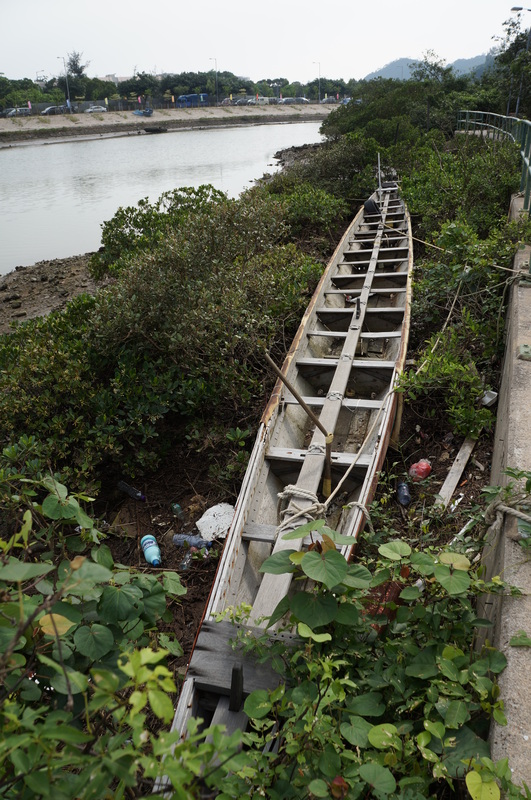TAI O VILLAGE | HONG KONG
Tai O is a remembrance of the past and a vision of the future. Once home to the Tanka people, Tai O has been an important trading and fishing port to China for the last 100 years. It was originally colonized in the 10th century CE as it occupies a strategic position in the Pearl River Delta, situated equally between Hong Kong, Macau, and Guangzhou. The waters in this area have been traveled for at least the last 6000 years, traveled by pirates and traders, armies and smugglers. Historically the major exports have been salt and fish, and the village is renown for its famous shrimp paste. Evidence of this commercial activity can be seen throughout the village today, from fish drying racks and shrimp paste drying in the open air to the remains of the salt pans that are now host to mangrove wetlands. Temples to Hung Shing, the patron saint of fisherfolk, can still be found throughout the village, a testament to the strong history and tradition of the village. An analysis of the Feng Shui of the village attests that it is strategically placed for social and economic success. Whatever you believe, it is important to preserve the history of the village, while providing a path for its future that will ensure its continued sustainability.
Much consideration was taken in developing a new master plan for Tai O. Much emphasis was placed on the preservation and redevelopment of existing infrastructure, as it was important to keep the fabric and social cohesion of the village intact, and preserve the historic elements which make the village such an important part of the history of Hong Kong. Areas that were unused or underutilized were targeted for redevelopment plans than emphasized the overall cohesion of the area, while attempting to address some of the issues that had developed in recent years. Amenities were placed closer to the areas in which they would be utilized, and development strategies emphasize the creation of more infrastructure for visitors, while attempting to improve the quality of life for the residents of the village. |
